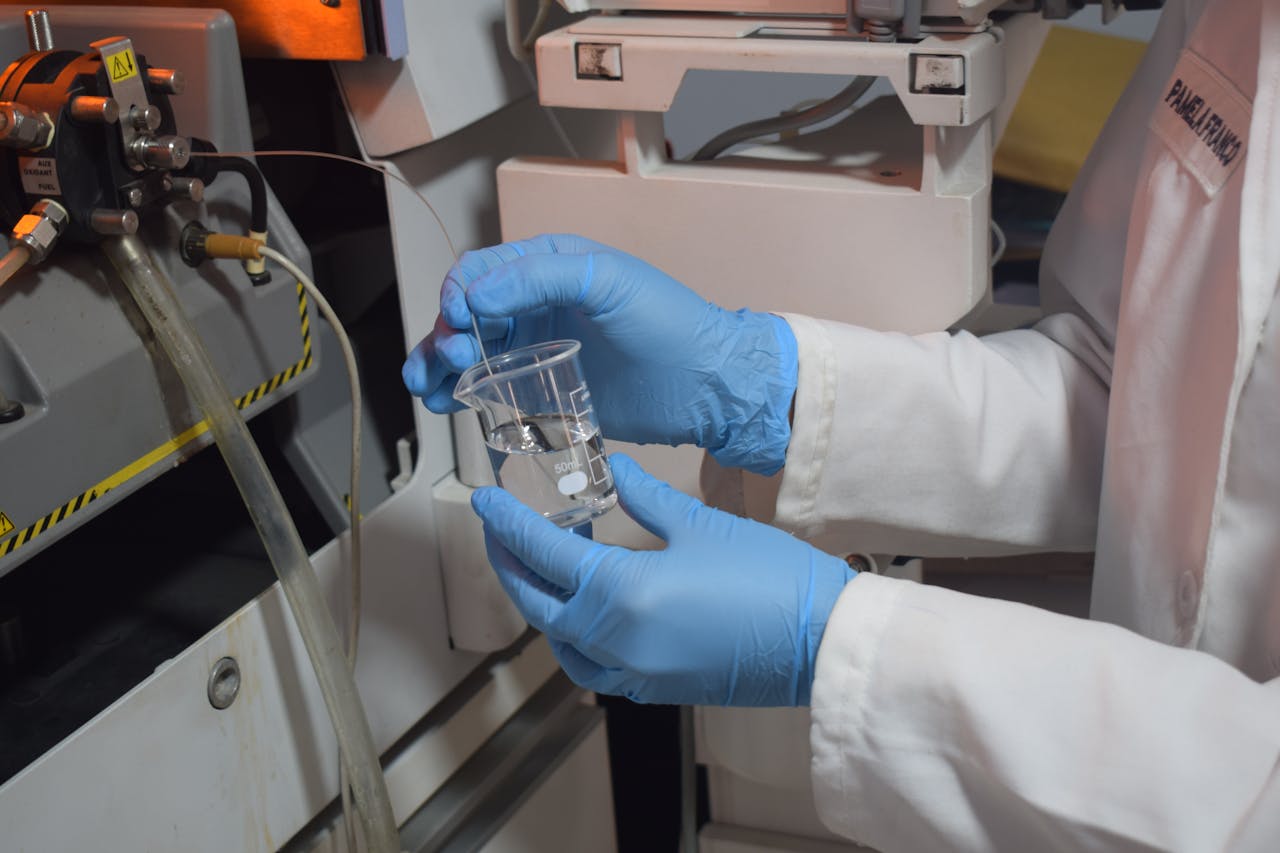Introduction
Water is an essential resource for life, but not all water is the same. The term “hard water” refers to water that contains high levels of minerals, particularly calcium and magnesium. The hardness in water varies depending on geographic location and the source of the water. While hard water is not harmful to human health, it can have significant effects on household appliances, plumbing, skin, hair, and even industrial processes.
Understanding Water Hardness
What is Water Hardness?
Water hardness is primarily caused by the presence of dissolved calcium and magnesium salts. These minerals enter the water supply from the soil and rocks through which the water percolates. Water hardness is typically measured in parts per million (ppm) or grains per gallon (gpg), with higher values indicating harder water. The classification of water hardness is as follows:
- Soft Water: 0-60 ppm (0-3.5 gpg)
- Moderately Hard Water: 61-120 ppm (3.6-7.0 gpg)
- Hard Water: 121-180 ppm (7.1-10.5 gpg)
- Very Hard Water: >180 ppm (>10.5 gpg)
Effects on Household Appliances and Plumbing
Scale Build-Up
One of the most noticeable effects of hardness in water is the formation of scale deposits. When hard water is heated, the calcium and magnesium ions precipitate out of the solution, forming a hard, chalky deposit known as limescale. This scale can accumulate inside pipes, water heaters, dishwashers, and other appliances, reducing their efficiency and lifespan. In water heaters, scale buildup acts as an insulator, making the appliance work harder to heat water, thereby increasing energy consumption and costs.
Reduced Efficiency
Appliances that use water, such as washing machines and dishwashers, often require more detergent to achieve the same level of cleaning when using hard water. This is because the calcium and magnesium ions in hard water react with soap to form an insoluble precipitate, commonly known as soap scum, which reduces the effectiveness of the detergent. Over time, the efficiency of these appliances decreases, leading to higher utility bills and more frequent repairs or replacements.
Effects on Skin and Hair
Skin Irritation
Hard water can have adverse effects on skin health. The minerals in hard water can strip away the skin’s natural oils, leading to dryness, irritation, and exacerbation of conditions like eczema and dermatitis. Soap scum left behind by hard water can clog pores, resulting in acne and other skin issues. People with sensitive skin may find that their symptoms worsen when using hard water for bathing and washing.
Hair Damage
Similar to its effects on the skin, hard water can also negatively impact hair health. The minerals in hard water can make hair feel dry, brittle, and difficult to manage. They can cause the hair cuticle to become rough, leading to tangling and breakage. Additionally, hard water can leave a residue on the scalp, potentially contributing to dandruff and scalp irritation. Many people notice that their hair does not lather well with shampoo when using hard water, necessitating the use of more product to achieve a thorough clean.
Effects on Industrial Processes
Scaling in Boilers and Cooling Towers
In industrial settings, water hardness can cause significant issues in boilers and cooling towers. The formation of scale on heat exchange surfaces reduces thermal efficiency, leading to increased energy consumption and operational costs. In severe cases, scale buildup can cause overheating and equipment failure, resulting in costly downtime and repairs. Regular maintenance and the use of water softeners are often necessary to mitigate these effects and ensure the smooth operation of industrial equipment.
Impact on Manufacturing
Water hardness can also affect various manufacturing processes. For example, in the textile industry, hard water can interfere with dyeing processes, resulting in uneven coloring and reduced quality of the final product. In the food and beverage industry, the presence of minerals in hard water can alter the taste and quality of the products, necessitating additional filtration and treatment steps.
Mitigating the Effects of Hard Water
Water Softeners
One of the most common solutions to address water hardness is the use of water softeners. These devices work by replacing calcium and magnesium ions with sodium or potassium ions through a process called ion exchange. Water softeners can significantly reduce scale formation and improve the efficiency of household appliances and industrial equipment. However, they also require regular maintenance, including the replenishment of the salt used in the ion exchange process.
Alternative Solutions
In addition to traditional water softeners, other methods can be employed to mitigate the effects of hard water. These include:
- Descaling Agents: Chemical descalers can be used to dissolve existing scale deposits in appliances and plumbing.
- Reverse Osmosis: This filtration method removes minerals from water by forcing it through a semi-permeable membrane, producing soft water.
- Magnetic and Electronic Water Conditioners: These devices claim to alter the properties of hard water, preventing scale formation without removing the minerals. However, their effectiveness is debated and varies depending on specific conditions.
Conclusion
While hard water is not harmful to health, its effects on household appliances, plumbing, skin, hair, and industrial processes can be significant. Understanding the impacts of water hardness and implementing appropriate solutions, such as water softeners and alternative treatment methods, can help mitigate these effects and improve the overall quality and efficiency of water use. As water quality continues to be a critical concern worldwide, addressing the challenges posed by hard water is essential for maintaining both household convenience and industrial productivity. Testing for water hardness is an important step in determining the quality of your water and deciding whether treatment is necessary. There are several methods available, ranging from simple home test kits to more advanced laboratory analysis.


Leave a Reply